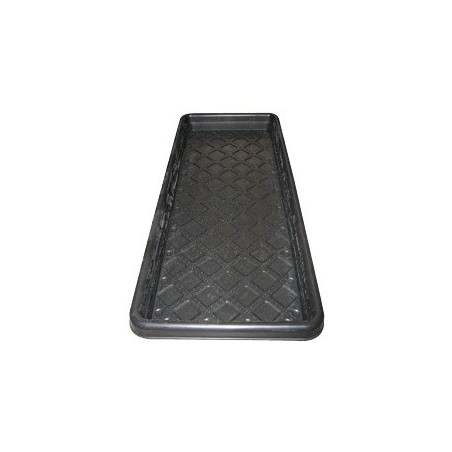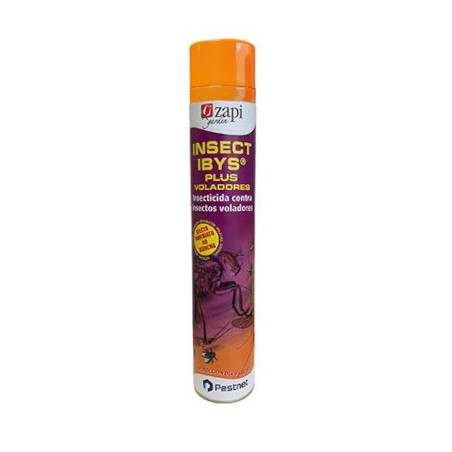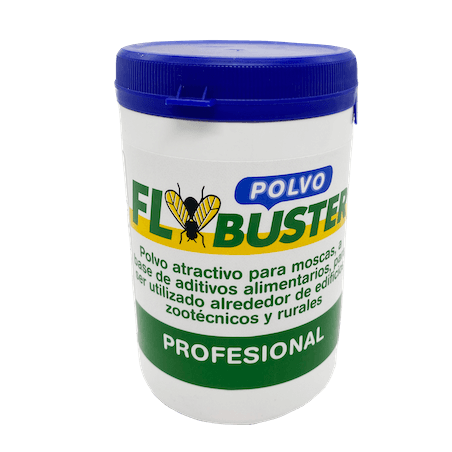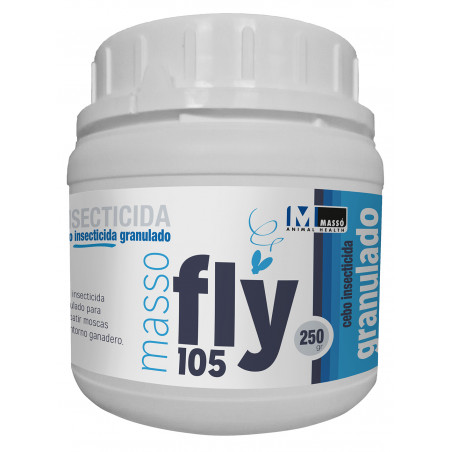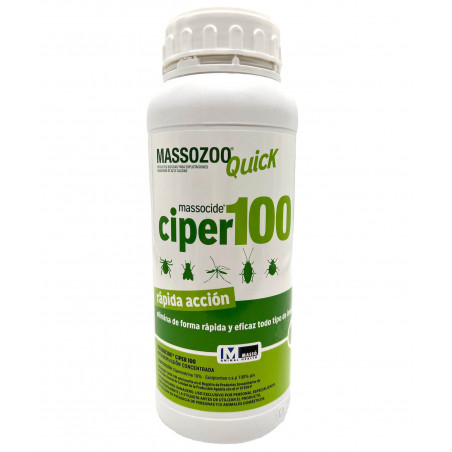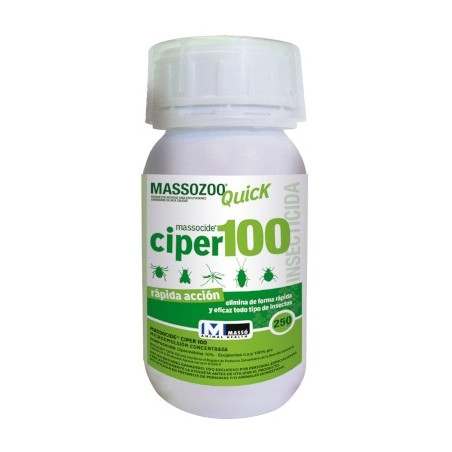Commented article
Olesen AS, Lohse L, Hansen MF, et al. Infection of pigs with African swine fever virus via ingestion of stable flies (Stomoxys calcitrans). Transbound Emerg Dis. 2018;00:1–6. https://doi.org/10.1111/tbed.12918
Read the article summary
Commentary

After the last ASF cases diagnosed in Belgium, it may be a good time to review the biosecurity of our farms and for this it is essential to know what are the possible infection routes. It has always been said that ASF is less contagious than classical swine fever. It is a disease that travels long distances due to human actions or, in the most recent cases in Europe, due to wild boar. Blood and contaminated meat are the main agents involved in transmission when it is ingested by naïve animals. However, in short distances, direct contact is responsible for infections.
The article is interesting because it raises the possibility that flies can carry the virus if they are ingested. The article manages to infect pigs fed with flies that had fed on sick animals. It is true that to get the infection, the pig is offered a large number of flies (20) and flies that generally do not move from the farm, so they could play a role in internal disease spread, but not so much in the infection of new farms. However, the possibility that larger insects, that usually travel longer distance such as horseflies, could feed on a dead wild boar in the vicinity of a farm and then be ingested by domestic pigs, poses a new challenge in biosecurity. To achieve good biosecurity, it is important to have a proper fencing on the farms and to keep their surroundings clean to avoid the arrival of wild animals but also the dead animal containers should be placed on a fenced area with a concrete floor that can be easily disinfected. Dead animal containers must be kept in good maintenance condition and obviously they must be always kept covered.
Needless to say, in these moments after practicing a necropsy it is even more important to remove remains and to clean and disinfect the area to ensure that no blood remains. The lack of hygiene when practicing necropsies is one of the elements that will allow the diffusion once there is an infected pig.
Good biosecurity practices should always be established in quiet times, so that they are laid down properly and they work when it is really necessary.
Summary of the commented article
What are they studying? Within Eastern Europe, African swine fever virus (ASFV) has unexpectedly spread to farms with high biosecurity. The objective of the study is to evaluate the risk bitting flies can present for the spread of ASFv (African Swine Fever Virus). How was it done? This was a laboratory study in twelve 8–9 week old Danish SPF pigs (Landrace x Yorkshire x Duroc hybrids) divided in 3 groups kept in 3 separate BSL3 rooms.
The flies used for inoculation of groups 2 and 3 had been wild-caught in the vicinity of a cattle herd using insect nets. The flies had been fed for 1 hr on ASFV-spiked EDTA-stabilized blood that had a titre of 5.8 log10 TCID50/ml, just prior to their killing by freezing. Blood feeding of the flies was confirmed visually with stereo-microscopy of their abdomens following feeding and euthanasia. Previous research has shown this to be an effective method to infect flies. During the study, clinical scores, including rectal temperatures, were recorded from pigs on each day, and a total clinical score (CS) was calculated. Blood was collected during the study and serum was prepared to quantify ASF DNA using RT-PCR and ASF antibodies via an ELISA. What are the results? Two distinct times of infection were detected based on clinical signs and viremia detection. Within each group, the delayed time course of infection in some pigs indicates that only 25% (group 1) and 50% (groups 2 and 3) of the pigs were infected by the oral ingestion of the virus, while the remaining pigs were most likely infected subsequently via contact with the infected pig(s) within their group. The remaining pigs started to show clinical signs of the infection and became viraemic some 5–8 days later than the pigs that were infected by oral ingestion of the virus. What implications does this paper have? These results indicate that, in addition to S. calcitrans acting as a mechanical vector for ASFV through feeding on pigs (Mellor et al., 1987), infection can also occur following ingestion of these fed flies. Pigs became infected with the virus following ingestion of 20 blood-fed flies. For casual ingestion, 20 flies may seem a high number but a relatively high dose of infectious ASFV is required to establish infection orally (Howey et al., 2013). While not the highest risk for long distance transmission of ASF between farms this route could explain ASF transmission short distances or within a farm. |






